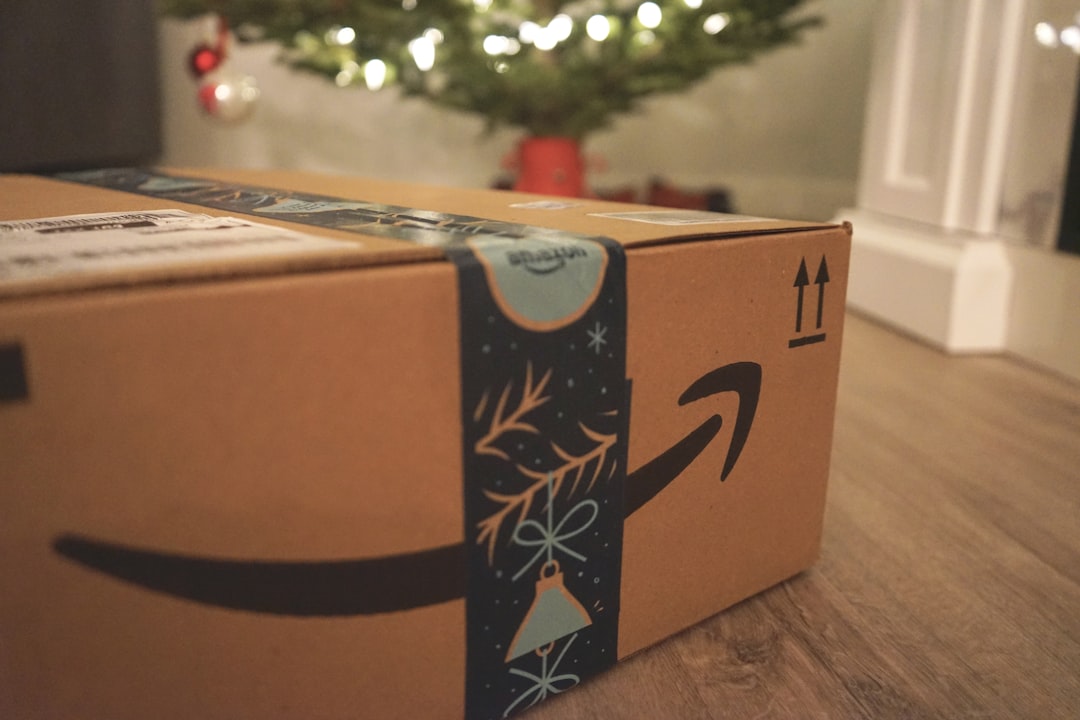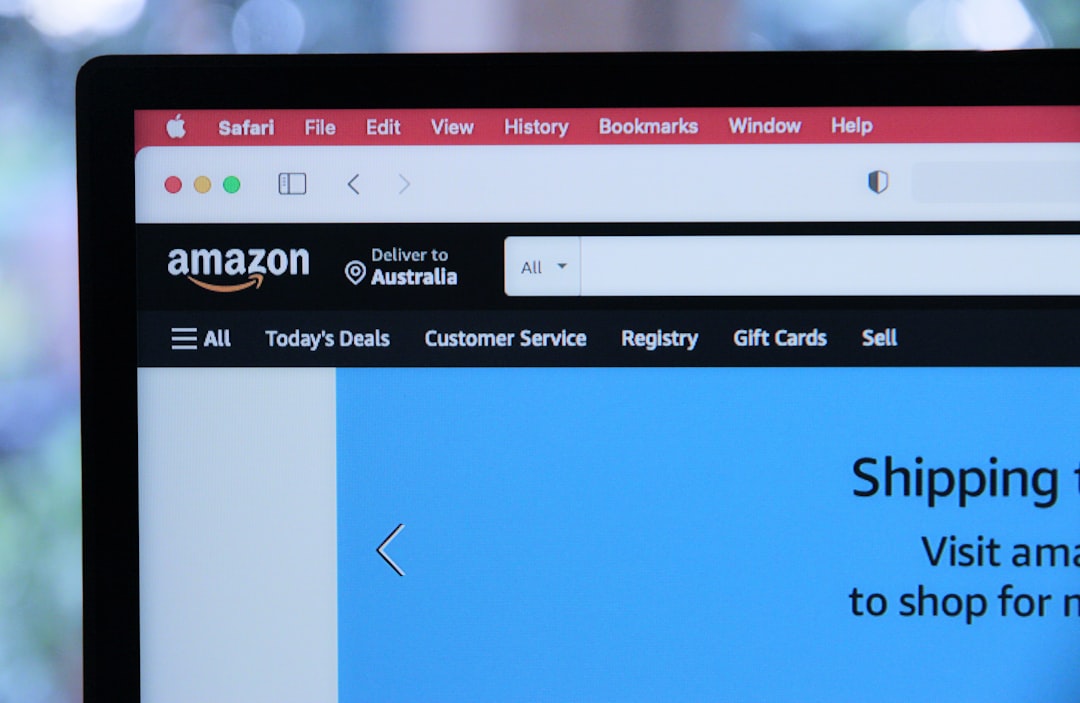Amazon FBA sellers increasingly face the challenge of counterfeit inventory infiltrating their stock—something that can destroy brand reputation, disrupt sales, and lead to suspended listings. Cleaning out fake products while protecting genuine stock requires both precision and proven strategy. This article explores how successful sellers tackle counterfeit FBA issues without jeopardizing their authentic inventory.
TLDR
Amazon sellers have found effective ways to remove counterfeit inventory from their FBA stock by identifying suspicious units, working with Amazon seller support, and implementing proactive brand protection strategies. By combining traceability, inspections, and prompt action, sellers maintain control over their genuine products. The key lies in preparation, documentation, and communication.
Understanding the Problem
Counterfeit goods on Amazon are not a new issue, but with the growing scale of online marketplaces, it has become more difficult for sellers to maintain control over their supply chains. Fake products can land in FBA warehouses through various channels:
- Unauthorized resellers sending inventory under a seller’s listing (also known as listing hijacking).
- Third-party manufacturers duplicating SKUs and injecting fakes into shared listings.
- Product returns being resold by Amazon as “new” despite being counterfeit.
Once counterfeit inventory is mixed with the genuine stock, sellers may face challenges such as bad product reviews, account suspensions, and a damaged brand image.
Step-by-Step: How Sellers Removed Counterfeits Safely
1. Monitoring and Detection
Successful sellers know that prevention starts with vigilance. Inventory discrepancies, negative reviews mentioning product defects, or sudden drops in sales can signal the presence of counterfeit goods. Tools like Amazon Brand Registry, transparency codes, and third-party inventory tracking software help sellers detect issues early.
Example: One supplement seller noticed customer complaints about pill size and taste. A sample check through the FBA removal order revealed the issue stemmed from 30% of their inventory being fake capsules from an unauthorized supplier.
2. Initiating a Removal Order Without Compromising Genuine Units
An effective way to remove questionable stock is by initiating a Removal Order via Amazon’s Seller Central dashboard. Sellers can request all units of a specific ASIN be returned to them for inspection.
To ensure genuine products are not lost in the mix, these sellers use a strategy known as “date-coded batch separation”—placing new inventory into Amazon with unique manufacturing or arrival dates. This way, once a problem is identified, they can request the removal of only that particular batch, isolating the risk.

Pro Tip: Some sellers create a temporary, new listing for the same product with slight modifications to the title or SKU. They then ship fresh stock to that listing, allowing differentiation from the compromised ASIN until resolution.
3. Physical Inspection and Documentation
Once the inventory is returned, it’s time for thorough inspection. Authentic products should match the seller’s manufacturing records, packaging specs, branding marks, and barcodes. Counterfeits often reveal themselves through inconsistencies in:
- Packaging print quality
- Weight and dimensions
- Serial number labels
- Incorrect expiration or production dates
Sellers document findings with photos, comparison charts, and invoices from authorized suppliers. This evidence becomes key when reopening closed listings or submitting appeals to Amazon.
4. Working with Amazon Seller Support
Amazon understands that counterfeit issues may not be the seller’s fault. By providing clear documentation and following through Amazon’s FBA Inventory Reconciliation process, many sellers find they can avoid account suspension and even recover some costs.
To build a solid case, sellers include:
- Images comparing real vs counterfeit units
- Invoices proving purchase of authentic stock
- ASIN and batch tracking explaining which units were impacted
- Removal order reference numbers

Amazon sometimes requires sellers in Brand Registry to file a “Report Infringement” form or launch a formal A-to-Z claim against bad actors, especially if the counterfeit source was another seller on the same ASIN.
5. Preventive Measures to Avoid Future Issues
Top-level sellers implement ongoing strategies to prevent recurrence:
- Enroll in Amazon’s Transparency Program: Adds secure, scannable codes to each unit shipped.
- Implement serial number scanning systems: Verify products as they are shipped into or out of FBA.
- Use distinct, high-end packaging: Harder for counterfeiters to replicate.
- Control the distribution chain: Stop unauthorized resellers by limiting wholesale opportunities.
These initiatives, while requiring upfront investment, protect both profit margins and consumer trust in the long run.
Real-World Success Stories
Brands across various categories have shared success with this hybrid approach of detection, verification, and proactive defense.
Beauty product vendor example: After months of 1-star reviews for a best-selling serum, a cosmetics seller discovered nearly 40% of their FBA stock had been tampered with. By using transparency labels and removing all units from fulfillment centers, they isolated and destroyed the counterfeits while preserving untouched inventory under a new SKU. Sales climbed back within two months with restored customer confidence.
Tech accessories seller example: A mobile charger brand discovered clones of their product entering FBA through third-party sellers. Through Brand Registry enforcement and strategic inventory segmentation, they worked with Amazon to enforce listing ownership and ban bad actors. Their genuine stock remained intact.
Conclusion
Fighting counterfeits on Amazon is an ongoing challenge, but it’s far from unwinnable. Sellers who stay proactive, keep detailed inventory records, distinguish batch IDs, and utilize Amazon’s tools place themselves in a strong position to remove fakes while preserving—and even strengthening—their legitimate business. Success comes not only from responding quickly but also from planning ahead to minimize future risks.
FAQs
-
Q: Can Amazon distinguish counterfeit units from real ones?
A: Not always. That’s why sellers are expected to monitor and verify their own inventory using batch codes, transparency labels, or packaging identifiers. -
Q: Does removing all inventory hurt my FBA metrics?
A: Removal orders do not directly impact performance metrics, but if out-of-stock listings result from it, you may experience lower organic search performance temporarily. -
Q: How long does it take for Amazon to investigate a counterfeit report?
A: Depending on complexity and documentation, it may take five to fifteen business days. Quicker responses occur with Brand Registry enrollment. -
Q: Can I use the same ASIN again after counterfeit issues?
A: Yes, but Amazon might require proof of authenticity or re-verification before reinstating the listing. In many cases, sellers choose to use a new ASIN temporarily to protect existing ratings.


